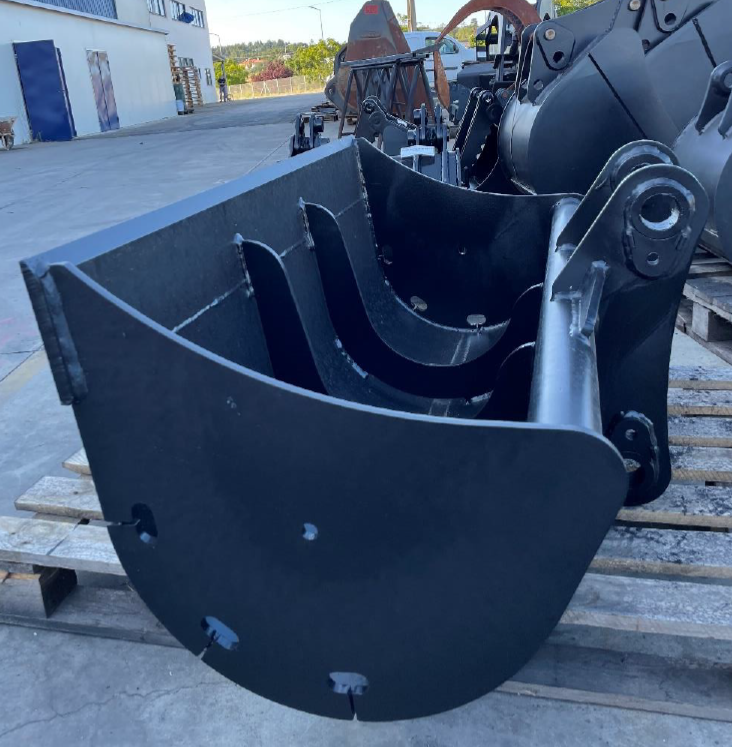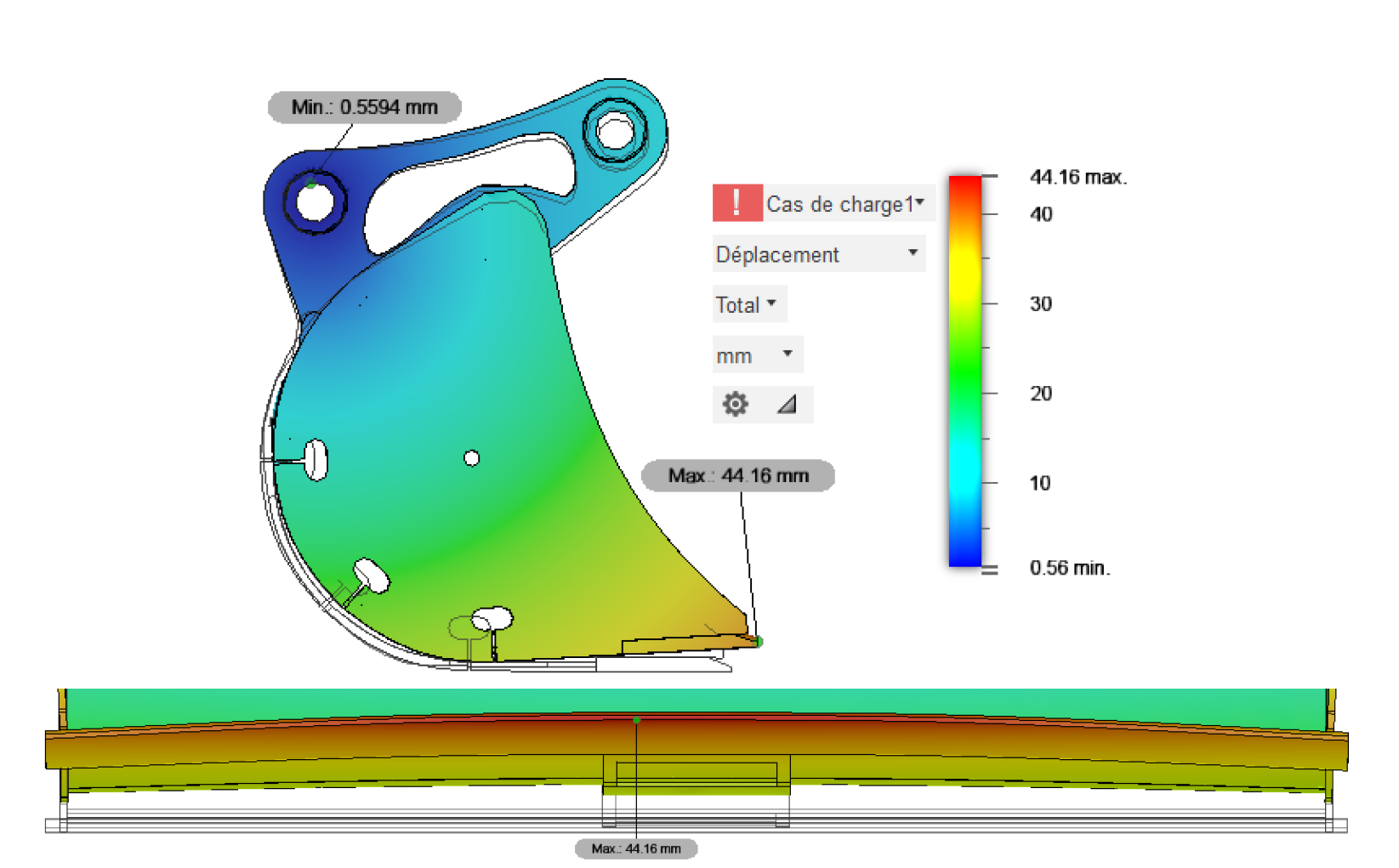Generative Design for Additive Manufacturing
With the different production methods that are beginning to rise, moving away from the more traditional techniques of production of steel materials, the ways of designing the elements must also be adapted. The additive manufacturing associated with 3D printing, translates into a big differentiation of production methods compared to current methods and as such, the design methods must be adapted to these new production methods.
Generative design is a different design process that allows you to exploit the advantages of additive manufacturing. The search is refined by a software by changing the minimum and maximum values of an interval, in which a program variable meets all the restrictions, to reduce or increase the number of results to be obtained. Topological optimizations are also obtained using this method, making it possible to optimize an object by reorganizing the material, among other things, the factor of safety, displacement, or deformation. Combining these two methods, it is possible to obtain good part optimization results.
Slefty developed an analysis of an accessory for construction machines, a bucket, to verify the advantages and disadvantages of additive manufacturing associated with the generative design for this product.

The usage flexibility associated with this type of equipment makes the demands and efforts installed on it to be very random. With these variations, there is no linear optimization path associated with topological optimization that allows us to reduce and modify the part in a single direction. This, associated with the conditions of use of the equipment, means that the optimization to be carried out does not explore the potential of the generative design.Despite this the bucket was modified and an improvement in its design was achieved. This product is not an example of a great reduction of raw materials used, due to all the conditions shown above, but even so, optimization values of 5% in bucket weight were achieved. Another type of products targeted for topological optimization can reach optimizations in weight of around 40%, as is the case of the reinforcement of a metallic element shown in the image below.

This type of generative design is often associated with 3D printing and in the case of this bucket, the objective was even to analyze the potentials of 3D production and assess the stage of maturity of the technology. The technologies most widely used today are selective casting, jet binding and metal extrusion. Other 3D metal printing systems have been developed based on 3D plastic printing. Although small-scale production of equipment, by this method, is already possible on a full scale, it is still quite difficult to access. Despite this, it was possible to access the technology and the costs associated with it.
The level of maturity of this type of production is nonzero, but still far from a massification by different sectors of the industry. Its use is more linked to the replacement of small-sized parts, which had their production process associated with machining, in case of eventual stock breaks or replacement needs in a short period of time. Even so, the use of steel in additive manufacturing is still neglected compared to other polymeric materials that have very interesting mechanical resistance and abrasion characteristics.

In terms of costs, additive manufacturing associated with a full-size bucket still has very high costs. In the production of the same bucket, compared to traditional methods, costs can reach 10x more. Regarding production times, the scenario is similar with a production time for a bucket by additive manufacturing being about 10x longer than traditional processes. Although the differences found between the two production methods are quite large, when we compare the same product on a 1/10 scale, the costs and production time are very close, showing that this technology presents itself as the most competitive for parts and elements of smaller dimension.
The generative design, despite being a design method more associated with additive manufacturing, is something quite capable and important to consider in product analysis and design. It is thus easily possible to check where the greatest stresses are found on the elements and to modify the geometries based on the real stresses. Additive manufacturing or 3D printing, despite being a technology that can be accessed in the case of metallic parts, still finds its application spectrum limited to some products. Recent developments associated with the technology and what is expected soon, make us believe that this spectrum of application will increasingly and extend to different elements and industries.


